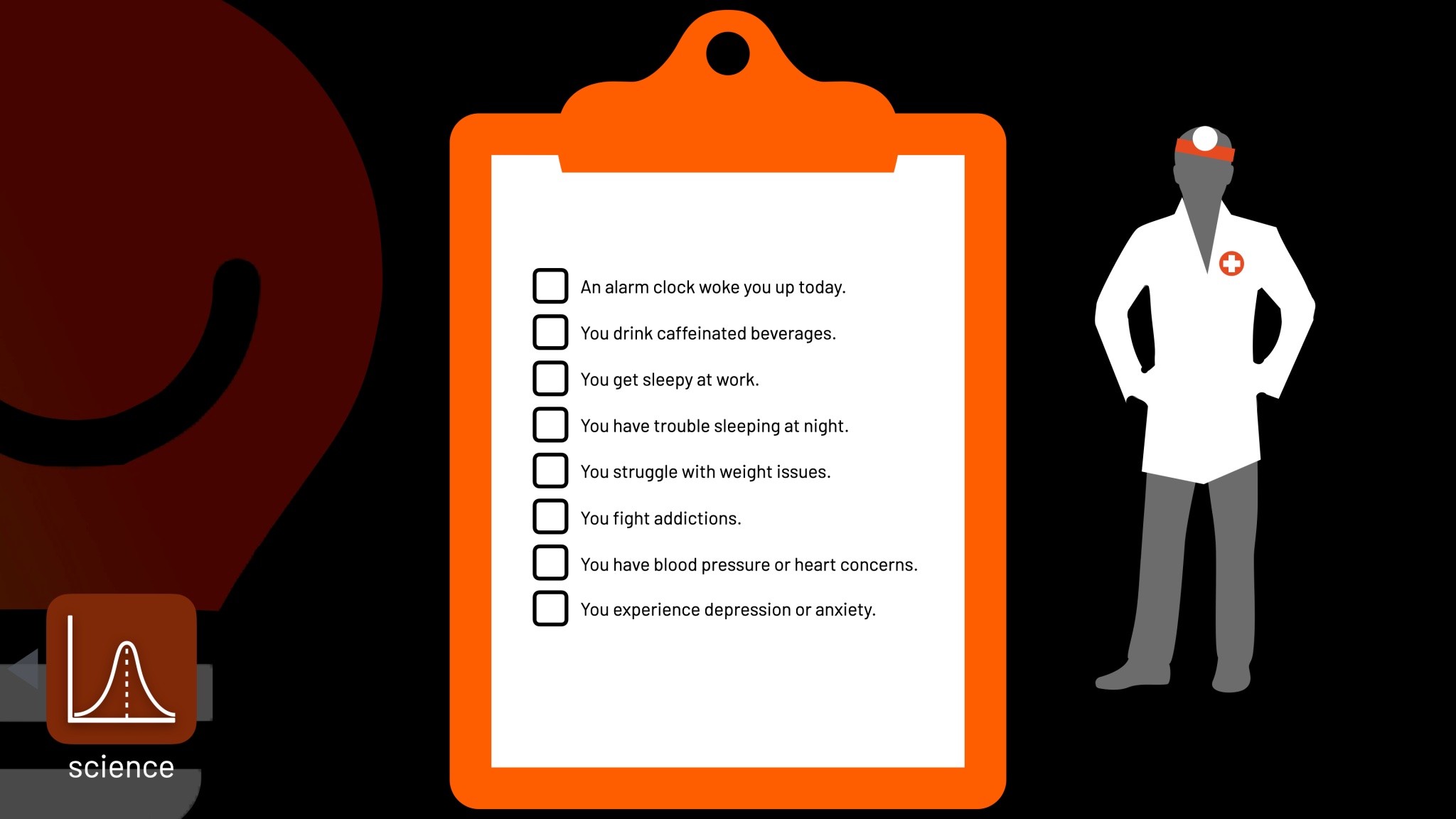Whoops.
I just spent a lot of time re-designing the “light and health” section of our design presentations to include updated sections on the latest research, examination of snake-oil-sounding miracle products, and in-depth explanations of our six strategies for incorporating the science into our design work. I was very proud of the finished product.
“Pride goeth before the fall.”
Or so they say. Ignore for a moment that I just typed “goeth” for the first time in my life (and hopefully the last). The lesson is timeless- just when we think we have it all figured out, we realize we do not. Before the team could fully incorporate the new material into their work I realized that, well, it was wrong.
Not wrong in the sense of science, but wrong in the sense of language. And wrong from the very inception of the section on light and health.
I came to the realization that there is not an intersection between light and health.
Light is health.
Our health is quite simply the workings of our incredibly complex bodies, with good health often defined as our systems functioning at their natural best. And that cannot happen without the right light in the right place at the right time.
We cannot separate lighting design from the wellness of our clients. Every photon we introduce into a space is there for the wellbeing of the occupants. Every ray of light we plan has a direct biological effect on the bodies of anyone in the room.
We are not doctors, but we affect the biological processes of billions of humans on a daily basis. As I write this post we are in the midst of an unprecedented global vaccination campaign to stop the spread of COVID-19. According to a quick Google search we have fully vaccinated about 3.4% of the 7.8 billion humans on the planet.
Around 90% of the population has access to electricity.
To put that in context, the lighting industry will give out time-release medication that affects the biology of nearly seven billion people in the next 24 hours. And then we’ll do it again tomorrow. And the day after that.
Alessio Urso, a colleague and team member at Light Can Help You, refreshed our team’s understanding of light and health in an office-wide presentation this week. Alessio is passionate about this topic, and his passion is contagious. My mind lit up with potential and then combined with the earlier realization that I was approaching light and health from the wrong direction. Alessio pointed out that:
We spend 87% of time indoors and 6% in our cars. Electric light makes this possible.
Nearly 90% of us suffer from social jet lag, a condition of circadian disruption or disconnect from natural local time. Electric light makes this possible.
We increase our risk of obesity by 33% when our bodies are off by a single hour. Electric light makes this possible.
We increase our risk of heart disease by 11% in that same hour. Electric light makes this possible.
Our industry administers to billions every single day a drug that affects hormone secretion, metabolic function, alertness, sleep, working memory, blood pressure, cell proliferation, enzyme activity, and more. Electric light is that drug.
Light and health is not a new frontier, it is a wildfire. We’ve been playing with that fire for 150 years and ignoring the burning sensations of increased anxiety and depression and high blood pressure and obesity and so much more.
Light and health is not an option we can choose to include or exclude. We can only choose to ignore the affects of light on our bodies, but every photon we send into the eyes of another will cause a biological change in that person.
We have to do better. We have to do our jobs differently.
We need to rebuild our language of light.
